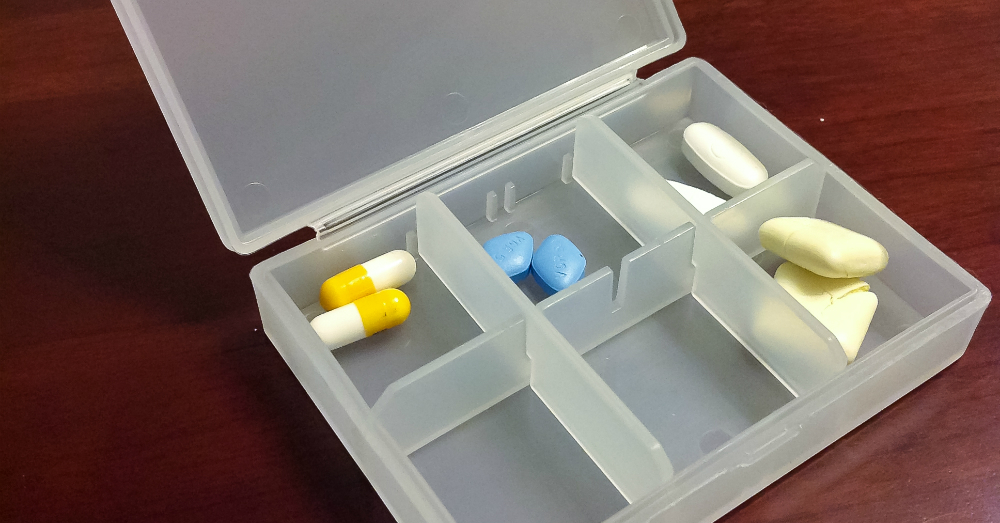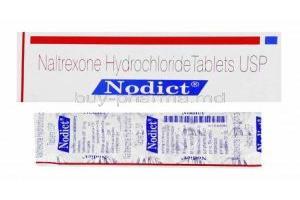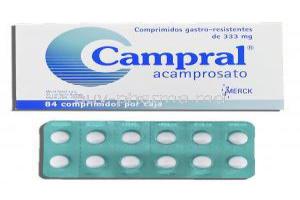Deferiprone
- I. Introduction
- II. Uses of Deferiprone
- III. How Deferiprone Works
- IV. Dosage and Administration
- V. Composition of Deferiprone
- VI. Side Effects of Deferiprone
- VII. Off-label Use of Deferiprone
- VIII. Interaction of Deferiprone with Other Drugs
- IX. Warnings and Contraindications
- X. Careful Administration and Important Precautions
- XI. Administration to Specific Populations
- XII. Overdosage of Deferiprone
- XIII. Storage of Deferiprone
I. Introduction
Historical Background and Development of Deferiprone
Deferiprone, a groundbreaking medication, emerged from medical research to address the issue of excessive iron levels in Thalassemia patients. Over time, our comprehension of blood disorders has. Deferiprone has transitioned from being an experimental remedy to a trusted solution in the medical field.
The Importance of Iron Chelation in Medical Practice
In medical practice, iron chelation therapy emerges as a crucial process, especially for patients with conditions that lead to an excess of iron. It is essential to maintain iron levels to manage iron overload and prevent the harmful consequences of uncontrolled iron accumulation in vital organs.
II. Uses of Deferiprone
Primary Indications: Treating Iron Overload in Thalassemia Patients
Deferiprone is a medication that chelates iron and removes it from the bloodstream. It is used to treat iron overload caused by blood transfusions in people with certain hereditary red blood cell disorders, such as thalassemia syndrome 12. The medication was first approved and indicated for use in treating thalassemia major in 1994 3.
Thalassemia is a blood disorder that causes the production of abnormal hemoglobin, which can result in a cycle of frequent blood transfusions, accumulation of iron in the body, and the potential for organ damage caused by the buildup of iron deposits 4.
Deferiprone addresses these concerns by removing excess iron from the body leading to improved outcomes for patients 12.
References: 1: Drugs.com 2: Wikipedia 4: National Heart, Lung, and Blood Institute 3: Wikipedia
Other Medical Conditions Benefitted by Deferiprone
Although Thalassemia continues to be the focus, Deferiprone has also shown therapeutic benefits in treating other conditions. Disorders such, as syndromes and sickle cell anemia have seen improved management with the use of this medication.
III. How Deferiprone Works
Mechanism of Action: Iron Chelation at the Molecular Level
Deferiprone essentially works by capturing iron particles, a process called chelation. This dance-like interaction between molecules helps prevent an iron overload from causing damage in the body, ensuring it is safely removed.
The Process of Iron Binding and Excretion
After Deferiprone captures the iron and creates a compound, the next stage involves eliminating it from the body, mainly through urine. This process ensures a decrease in iron levels, protecting essential organs from possible harm caused by excess iron.
IV. Dosage and Administration
Recommended Dosage Based on Patient's Age and Condition
Accurate dosing is crucial. When it comes to children, their dosage may need to be adjusted while adults usually receive standard doses. However specific factors, like the extent of iron overload can sometimes require dosage modifications.

Frequency and Duration of Treatment
Conditions such, as Thalassemia require long-term treatment. Usually Deferiprone is given on a basis and the duration of treatment depends on how well the patient responds to it and their individual iron levels.
Methods of Administration: Oral Tablets and Others
Oral tablets continue to be the commonly used method for administering Deferiprone. They are designed to make it easier for patients to follow their treatment plan and ensure adherence. However, some forms of administration are being developed that could expand the options available.
V. Composition of Deferiprone
Active Ingredient: Deferiprone
Undoubtedly, Deferiprone serves as the component of this medication. It is the active substance that brings about the therapeutic benefits experienced by patients.
Inactive Ingredients and Their Functions
Apart from the ingredients, several additional components serve various purposes, such as enhancing the stability of the medication and making it more pleasant to consume. Although these constituents don't have any effects themselves, they are crucial for the formulation of the drug.
VI. Side Effects of Deferiprone
a. Common Side Effects: A Closer Look
Like any medication, Deferiprone does have its share of side effects. These can include mild nausea or even more severe abdominal discomfort. It's also possible for some individuals to experience pains, which may require monitoring and management. To ensure safety, it is recommended to conduct liver function tests as some patients might show elevated liver enzymes, indicating potential hepatic stress.
b. Rare But Serious Side Effects to Monitor
Although they occur often, there are specific side effects that require immediate medical attention. These include abnormalities in blood cell counts, such as neutropenia or agranulocytosis, which are rare but severe and necessitate careful monitoring of blood levels. Additionally, allergic reactions can manifest in various ways, from rashes to severe anaphylactic reactions.
VII. Off-label Use of Deferiprone
Unapproved Medical Conditions Benefitted by Deferiprone
Sometimes, doctors find that certain medications can be helpful for conditions that are not officially approved. This happens when they notice effects based on personal experiences or early research. It expands the benefits the drug can offer beyond its intended uses.
Studies and Research Supporting Off-label Usage
Research constantly evolving has suggested that Deferiprone may benefit in areas beyond its conventional applications. Although these studies are inconclusive, they offer a ray of hope for broadening the drug's possibilities.
VIII. Interaction of Deferiprone with Other Drugs
Drugs that Enhance or Diminish Deferiprone's Effectiveness
Like other medications, Deferiprone can be affected in its effectiveness when taken together with certain drugs. Some medicines can work together with Deferiprone to enhance its ability to remove iron from the body, while others may hinder its action. It is essential for doctors to carefully review a patient's medication history to identify any interactions.
Medications that Might Increase Risk of Side Effects when Taken with Deferiprone
Certain medications, when taken together with Deferiprone, can potentially increase the occurrence of side effects. These may include; Medications that affect liver metabolism, Drugs that suppress bone marrow function, Substances known to put a strain on the kidneys.
IX. Warnings and Contraindications
Specific Health Conditions that Contraindicate Deferiprone Use
In medical situations, it may not be advisable to use Deferiprone. For example, individuals with myelosuppression or those who have shown hypersensitivity reactions to Deferiprone should avoid using it. This is done to prioritize safety and minimize the risk of complications.
Situations and Medications to Avoid While on Deferiprone
Patients taking Deferiprone should be cautious in situations like consuming excessive alcohol, as it can worsen liver strain. Similarly, it is advisable to avoid steroidal anti-inflammatory drugs (NSAIDs) or other nephrotoxic agents, if possible, to prevent any unnecessary stress on the kidneys.
X. Careful Administration and Important Precautions
Monitoring Liver and Kidney Functions during Treatment
It is crucial to monitor patients undergoing Deferiprone therapy. Since the liver and kidneys play a role in metabolizing and excreting the drug, regular tests to assess their function are of utmost importance. This proactive approach helps identify and manage any possible strain on these organs.
Importance of Regular Blood Cell Count Checks
Considering the impact of Deferiprone on blood, it is essential to regularly check complete blood cell counts. This helps in detecting any effects, on bone marrow and allows for immediate action if any abnormalities are found.
XI. Administration to Specific Populations
a. Elderly: Special Considerations and Adjustments
Elderly individuals might need adjustments in their medication dosage because of the changes in their bodies as they age. Factors such as metabolic rates, renal function, and other variables can impact how older adults process Deferiprone. Therefore it is essential to adopt a patient-centered approach when determining their dosage.
b. Pregnant Women and Nursing Mothers:
Potential Risks to Fetus or Infant
The full impact of Deferiprone on the developing fetus or nursing baby is not entirely known. However, considering the risks involved, it is advisable to exercise caution when using this medication during pregnancy or while breastfeeding.
Recommendations and Alternatives
If a woman taking Deferiprone becomes pregnant or plans to breastfeed, consulting with a healthcare professional is crucial. Depending on the situation, other potential treatment options may be explored to ensure the mother's and baby's safety and well-being.
c. Children: Age-specific Dosage and Precautions
Treating patients requires a unique approach. Deferiprone dosage is usually modified according to weight and age, aiming for effectiveness while reducing possible side effects. Additionally, it's essential to assess growth and development, in this group to promptly identify any negative impacts.
XII. Overdosage of Deferiprone
Symptoms of Deferiprone Overdose
Taking an amount of Deferiprone can result in a range of symptoms. These may include digestive issues, low blood pressure, or neurological signs. Both caregivers and patients must be well informed about these symptoms to ensure identification.
Immediate Interventions and Treatment Options
If you suspect an overdose, it is crucial to seek medical help. The management approach may involve procedures like lavage providing treatment, for symptoms, and closely monitoring the patient's condition to ensure stability.
XIII. Storage of Deferiprone
Ideal Storage Conditions for Potency and Safety
To ensure that Deferiprone remains effective for therapy, it is crucial to store it in certain conditions. This involves keeping it in a dry place protected from any external factors.






